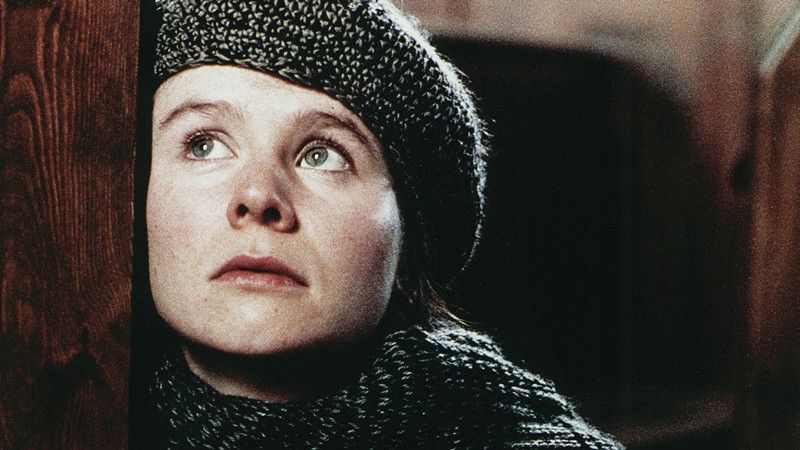
Everyone is familiar with the feeling of watching a film that resonates with them so deeply, pulling apart the sinews of their heart, that one cannot return to them in fear that they are too hard to bear a second time or that their magic will be lost. In each case, the films uncover a universal or personal truth that mirrors one’s life, or brings attention to a facet of our universal experience as human beings that is difficult to face. The inclination to bury these forlorn areas of existence in ignorance makes it all the more important that stories which choose these topics as their subject matter be told.
Many of the films in this collection target the emotions through a similar cinematic language, several having an affinity for the close-up, but each also has an idiosyncratic means to sink their hooks in and arouse the audience’s emotions. This diversity in the stories told and the techniques used creates a colorful and persuasive batch of films that span from the mid-’50s to the last decade.
1. 35 Shots of Rum (2008)

The titular metaphor of 35 Shots of Rum refers to how on the night of his daughter’s wedding, a father must drink 35 shots of rum to drown the sorrow of her parting. Director Claire Denis has laid bare the inevitable contention between father and daughter in the characters of Lionel and Josephine, as their loving relationship encounters the obstacles of Josephine’s first love and her search for independence. This natural trajectory of a girl in the process of becoming a woman alters the role of Lionel as Josephine’s male guardian, realizing that as a widower he may depend on her more than she needs him. Seeing the path that he and Josephine once walked together splinter into two, Lionel watches her go her own way, silently conflicted by the immense courage of accepting life’s natural course.
One would be remiss to talk about 35 Shots of Rum without mentioning the dance sequence that functions as the centerpiece of the film. In three parallel dance scenes, the juxtaposing romantic relationships of Lionel and Josephine visualize the drifting apart of father and daughter. Lionel dances with a friend that then has a reverse reaction shot of Josephine smiling, but when he takes a seat and Josephine dances with her boyfriend Noé, who lovingly caresses her hair, Lionel looks on despondently. It registers that his little girl is no longer a child anymore, and is also no longer his, and never really was – she is her own woman. The sequence develops tension through its tenderness and conflicting emotions, and is only one example of the film’s complicated melancholic touch.
2. Autumn Sonata (1978)
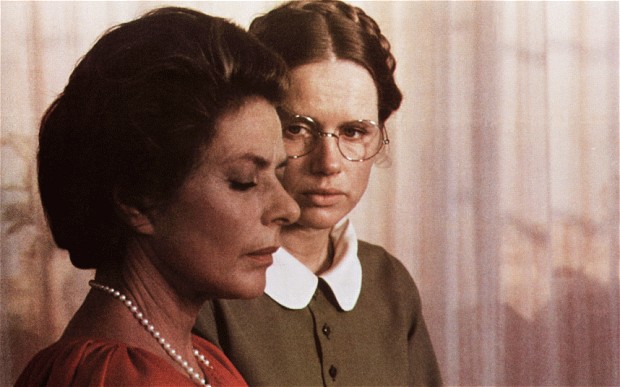
The filmography of Ingmar Bergman is notoriously known for its heavy existential themes that when at their best can permanently alter one’s perspective. After Bergman’s early masterpiece Wild Strawberries, his films don’t however have the reputation as being sentimental affairs. In this regard, an exception must be made for Autumn Sonata, where a Bergman deep in his mature period bridges the psychological with the tragic, shattering the hearts of his passionate characters, and subsequently his audience. The plot revolves around Charlotte, a famous pianist but cold-blooded and neglectful mother, who visits her daughter Eva at her Swedish home after a seven-year separation. Over one embittered night, Eva zealously releases an outpouring of childhood admiration and resentment against her mother. Charlotte rationalizes to Eva why she couldn’t love her, confronting her present loneliness from her past failures as a mother.
It is only natural that in a film about a face-to-face between daughter and mother, the close up would form the basis of Bergman’s dramaturgy. The proximity of the shots carry emotional power, but they also put the audience in the uncomfortable distance the characters share, brutally confessing to one another how the other is the focal point of their life’s tragedy. Bergman mainstay Liv Ullman delivers a staggering performance wearing the mask of Eva, capturing the facial contortions of a daughter confessing her uncanny truth that she hates her mother. Dialogs descend into scathing monologues that one may think to themselves but would never dare speak, afraid of the irredeemable destruction it could cause. From this sadist tone, the fundamental question of the film arises: whether it is too late to ask for forgiveness or ever too late to forgive.
3. Breaking the Waves (1996)
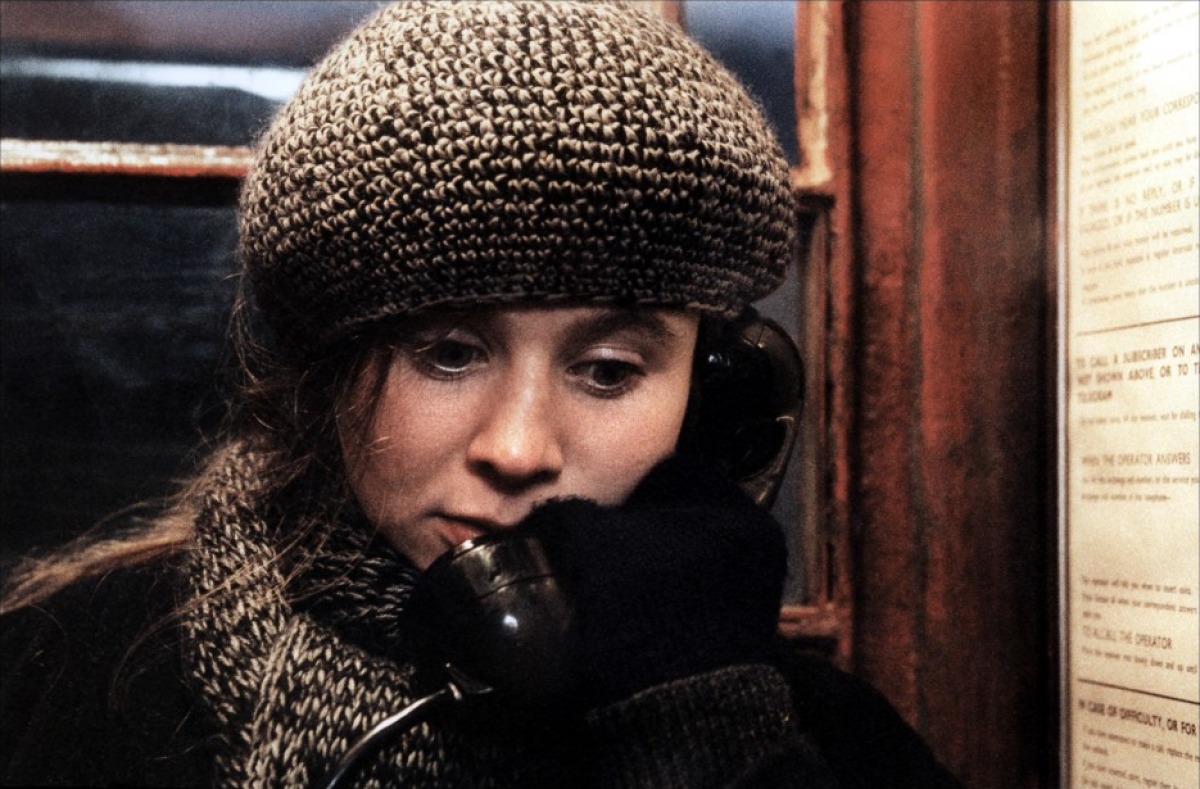
In the performance of a lifetime, English actress Emily Watson plays the provincial and religious Scottish woman Bess McNeill, whose love of her husband Jan parallels only her love of God. As she stands on the coastline of her rural town praying to God that Jan returns to her as he flies offshore to work on an oilrig, Bess’s prayers are heard and granted, but not in the way she imagines. What follows is a testament of one woman’s sacrifice for the immeasurable love she has for her husband, her difficulty to reconcile the choices she makes for the sake of love that contradict her religious beliefs, and how she will risk prejudice and ruination if it means her and Jan can be together again.
Behind the camera is the cinematographic genius Robbie Müller. He chooses a shaky handheld style that captures the unnerving intimacy of Bess’ love for Jan, and subsequent splintering devotion to God. Some of the best scenes in the film occur between the pews of the church when Bess prays, impersonating the voice of God, which reveals her conflicted conscience but also her disintegrating mental stability. There are many biblical allusions in the events of the film, and no doubt Bess follows a similar trajectory as Christ, functioning as martyr and redeemer, but such an interpretation reduces Bess to an archetype that is more dehumanizing than it is empathetic. Müller’s curiosity for the characters always has the camera creeping up on them, nothing other than them in focus, drawing acute attention to their brief joys, bitter mouths, and glistening tears. The photography is the key to the film’s sentimentality.
The editing style is also worth mentioning for how it clarifies the characters and intensifies the experience. It has a feverish nature, some cuts being as brief as a couple of seconds. One such shot of Bess screaming her broken heart out at a tempestuous tide lasts only as long as it takes for the waves to crash the nearby rocks and rain down over her. What occurs in these transient moments are melodramatic images that channel how Bess is truly feeling. Longer meditations of highly stylized Scottish landscapes that mark the beginning of each of the film’s seven chapters also bridge the rugged countryside with the temperament of the characters.
4. In A Year of 13 Moons (1978)
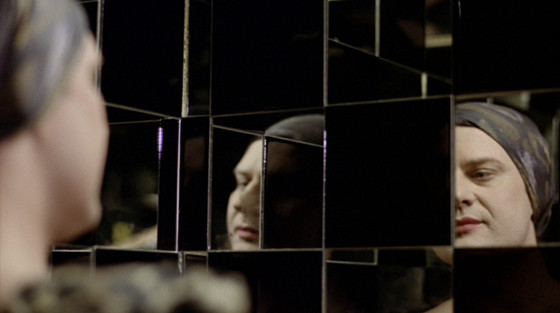
Few LGBTQ+ dramas are as sympathetic to its characters as Rainer Werner Fassbinder’s In a Year of 13 Moons. The sympathy comes from the brutal honesty of how the story is told, confronting themes of identity, depression, unrequited love, and suicide. Evocative, and in one notorious scene, grotesque imagery, share a commentary about the tortured existence of the film’s lead character. Elvira is a transgender woman who rushed into a sex change after falling in love with a finance mogul from Frankfurt named Anton. The film spares no quarter in its depiction of Elvira’s hardships.
Fassbinder’s dramatic stylization is grounded in the expressionistic roots of the German cinema, so many of the settings Elvira passes through have a dreadful or gruesome design that channel her self-perception. Characters often gaze at their partially naked reflections in a mirror, pondering their appearance that then triggers introspection. A flashing red light hauntingly illuminates and dims one scene like emergency lights, externalizing the psychological trauma of Elvira’s identity crisis. No other shot is as ominous as the simple close up on a noose, changing back and forth from white to red, as the distressing light blinks in the background.
At times the film is difficult to watch, not necessarily for its optics, but for the mental anguish they communicate. Elvira’s many crises emerge from her wish to be loved. The relatability of that basic human drive universalizes her story.
5. The Ascent (1977)
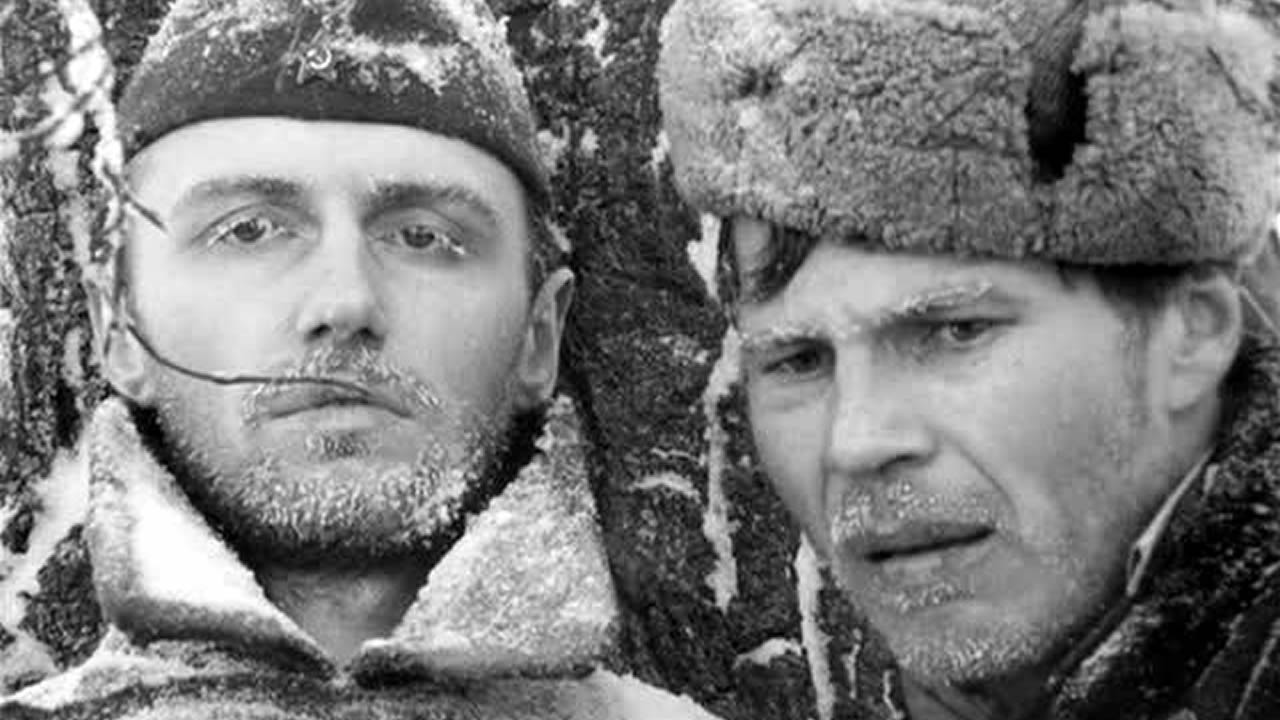
Larisa Shepitko is one of the highest regarded Soviet filmmakers and The Ascent is her masterpiece. It is also her last film before her untimely death in 1979. The film is an adaptation of the novel Sotnikov by novelist and former member of the Red Army, Vasil Bykau, telling the story of two soldiers who become trapped behind enemy lines during the blistering cold of a Russian winter. As a woman wanting to make a film about men at war, the film authorities and crew initially took a chauvinistic stance that a woman could not sufficiently create such a film. Her naturalistic methods proved otherwise, always working for the sake of realism. The result is a crushing depiction of the harsh and complicated circumstances of war on the eastern front, the suffering and sacrifice of the Soviet people in the fight against the Nazis, which so few Westerners know or realize.
There is an intensity this movie has, and which its content demands, from maximizing the power of the close-up. Shuttering frozen beard faces dominate the frame, bringing audiences into closer contact with the pain the characters endure from the eviscerating cold. At select times, often when the soldering pair are on the move, the camera will use a wide frame to show how hopelessly abundant the snow is across the vast barren landscape.
The black and white cinematography also plays into the pattern of switching back and forth between two extreme focal lengths. On an extreme close-up, the characters’ faces are marred in heavy black whether from blood or looks of anguish. Juxtaposed then with the blank white snowdrifts that stretch across the frame of a wide-angle shot, there is a sense that the elements of nature and war are indifferent to human suffering.